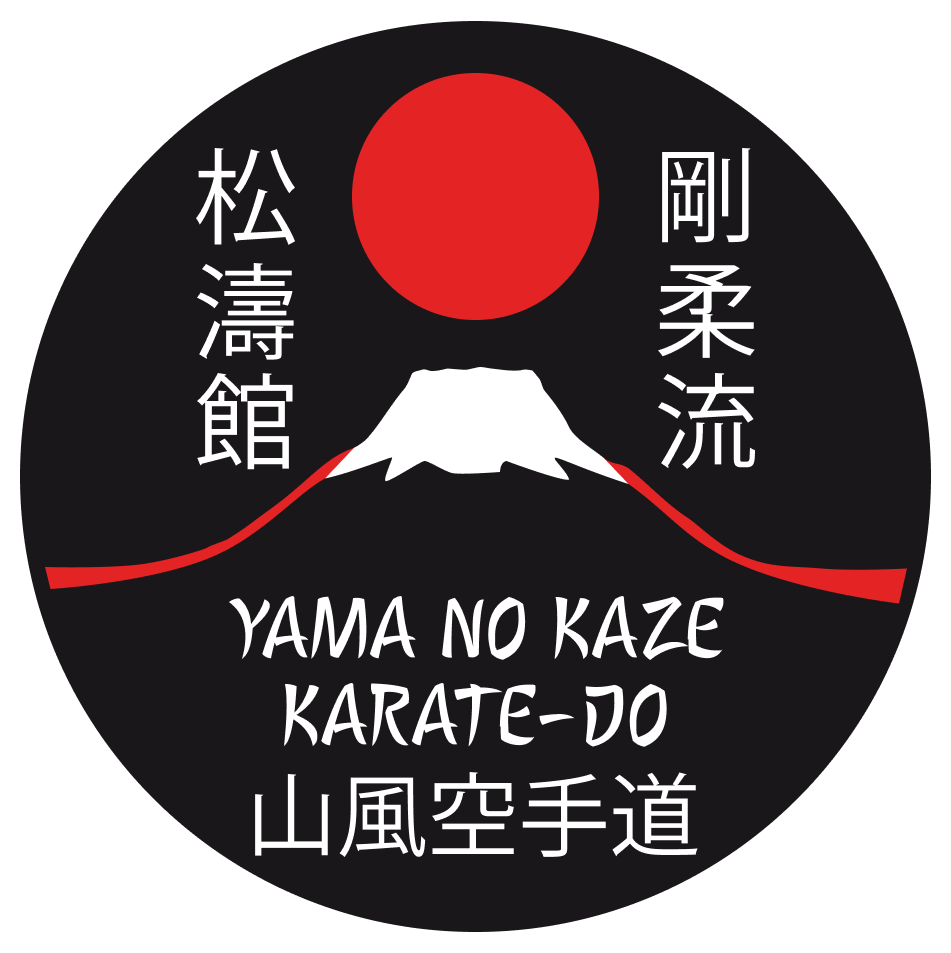The basics or fundamentals, referring to basic techniques such as strikes, blocks, and stances.
A sequence of pre-arranged movements and techniques that simulate combat against multiple opponents.
Sparring practice. There are different levels of kumite, from basic pre-arranged forms to free sparring.
Teacher or instructor, someone who has mastered the art and teaches students.
Senior student, typically one who assists the sensei and helps guide lower-ranked students.
The training hall or place where karate is practiced.
The karate uniform.
Front stance, a long and stable stance used for power and mobility.
Back stance, where weight is mostly on the back leg for defensive purposes.
Horse stance, a wide and low stance resembling riding a horse, used for stability.
Rising block, used to defend against attacks from above.
Lower block, used to deflect low attacks.
Lunge punch, a forward punch used with forward momentum.
Reverse punch, a punch delivered from the opposite side of the leading foot.
Roundhouse kick.
Front kick.
Side kick.
Inside block, used to defend the centerline.
Outside block, used to deflect attacks coming from the outside.
A fundamental stance and kata in Goju-Ryu, meaning “three battles,” focusing on breathing and core stability.
A low, wide stance known as “sumo stance,” used frequently in Goju-Ryu.
A series of katas that mean “to destroy” or “to attack and smash,” designed to teach fundamental movements.
A kata that translates to “control and pull into battle,” emphasizing strong, rooted stances and defensive techniques.
The application or analysis of kata techniques in practical self-defense situations.
Meditation, usually performed at the beginning and end of training to clear the mind and focus.
Hook block, a technique used to deflect and trap an opponent’s attack.
Ready stance or posture, indicating preparedness for combat.
Palm-heel strike, used to deliver forceful strikes with the base of the palm.
Cat stance, where most of the weight is on the back leg, and the front leg is lightly resting.
The pulling hand, used in techniques to generate power and chamber the arm.
Middle-level, usually referring to strikes or blocks aimed at the torso.
Upper-level, referring to strikes or blocks aimed at the head or face.
Lower-level, referring to strikes or blocks aimed at the lower body.
Hook kick, a kick that comes around from the side to strike the target.
The hard (Go) and soft (Ju) principles, which are fundamental to Goju-Ryu, emphasising the balance between strength and flexibility.
